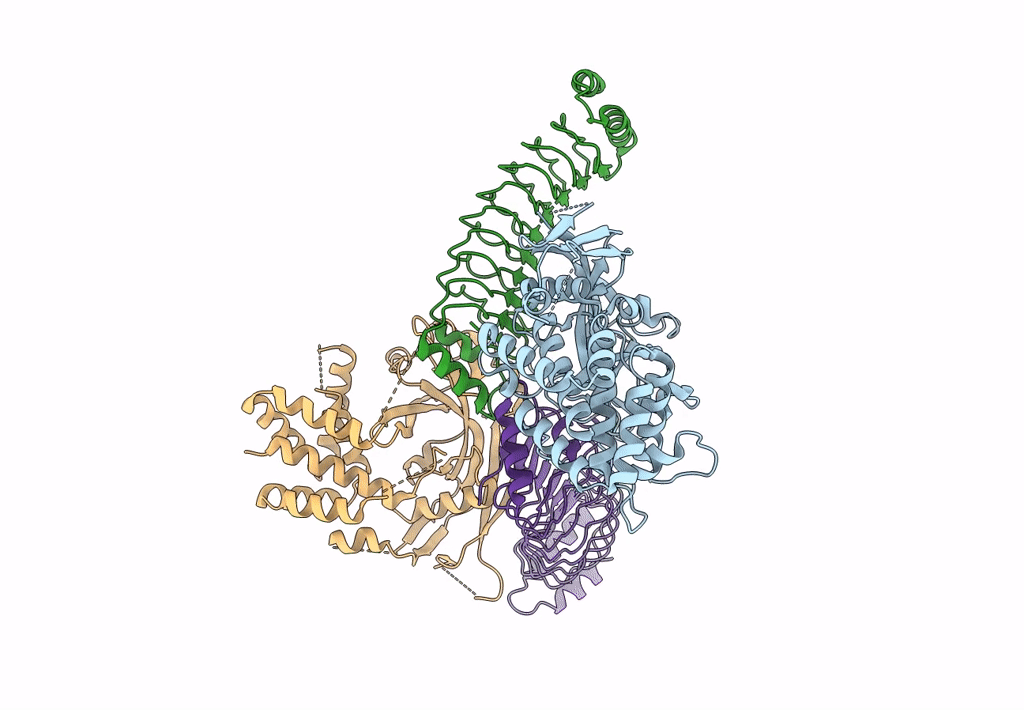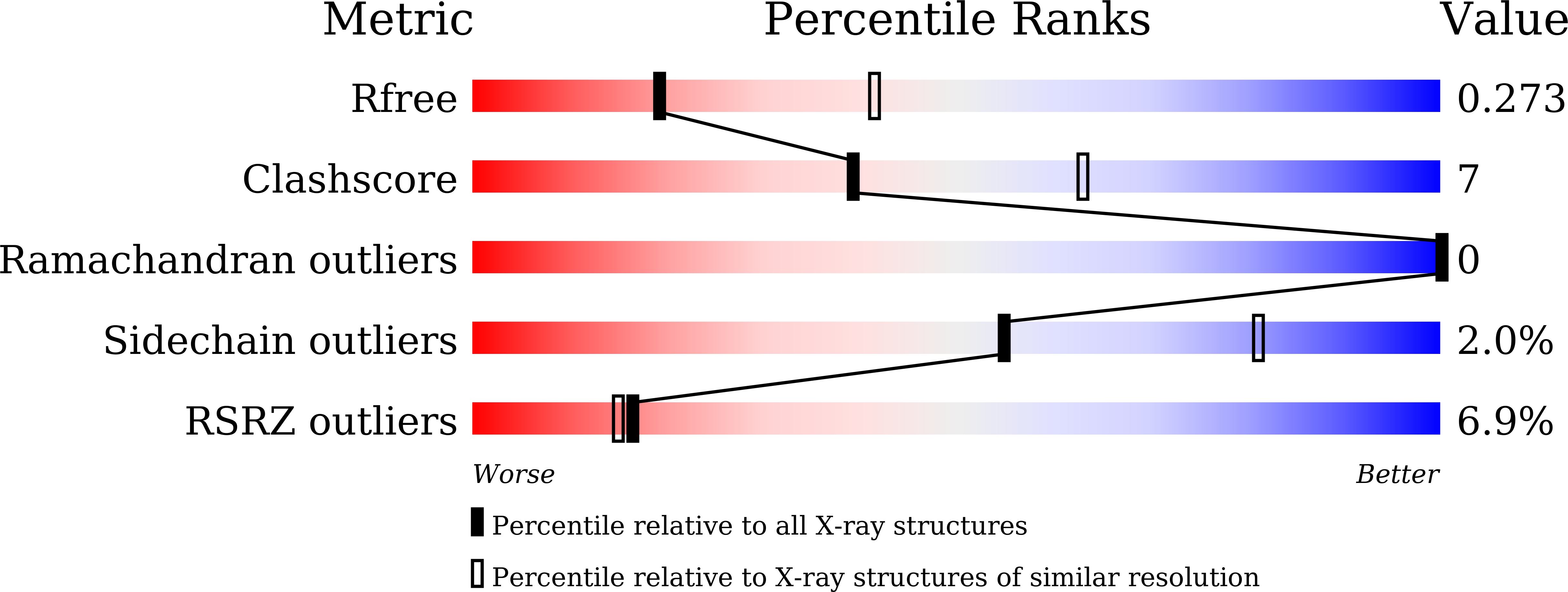
Deposition Date
2022-09-08
Release Date
2023-04-12
Last Version Date
2023-11-29
Entry Detail
PDB ID:
8GTJ
Keywords:
Title:
Crystal structure of IpaH7.8-LRR and GSDMB isoform-4 complex
Biological Source:
Source Organism:
Homo sapiens (Taxon ID: 9606)
Shigella flexneri (Taxon ID: 623)
Shigella flexneri (Taxon ID: 623)
Host Organism:
Method Details:
Experimental Method:
Resolution:
2.70 Å
R-Value Free:
0.27
R-Value Work:
0.24
R-Value Observed:
0.24
Space Group:
P 31 2 1


